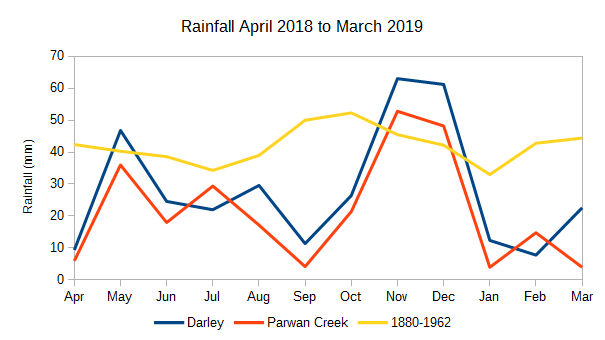Biodiversity – E.O. Wilson (editor) (National Academy Press, Washington D.C., 1988)
Over 30 years after publication this is still a great collection of essays. I was pleasantly surprised and had my own horizons expanded by the breadth of views on biodiversity they cover – for example, the genetic diversity behind modern monoculture crops like corn, genetic diversity at risk of being lost.
I particularly enjoyed the short reflection by William R. Jordan III on the long experience of ecological restoration at the University of Wisconsin-Madison Arboretum (going back to the Great Depression and Aldo Leopold’s work). Especially since my practical work is mostly around ecological restoration in one way or another. “What good is restoration?”, Jordan asks. “Is it likely to prove merely an academic pursuit or a pastime for environmentalists who happen to be interested in an unusual form of gardening?” Which is a fantastic way to put the question and the tentative answers that follow are also very sharp.
And of course many of the articles are equally thought-provoking. The section on economics, outside my academic expertise (but an area which I have done some reading on) also presented a valuable range of views to consider.
One thing I find annoying crops up in some of the articles, the assumption that human population growth is a driver of ecological degradation. Paul Ehrlich, who of course is famous (outside his ecological work) for promoting this view, opens up his chapter with the observation that “The primary cause of the decay of organic diversity is not direct human exploitation or malevolence, but the habitat destruction that inevitably results from the expansion of human populations and human activities.”
Granted, Ehrlich includes “human activities” as well as population. But the commonality of biologists attributing ecological degradation in some part to human population growth is ongoing now: David Attenborough, Jane Goodall and other prominent biologists and ecologists often mention it. The debate about the usefulness of this attribution has been going on since at least the 1960s and I won’t rehash it all here (read Too Many People? by Angus & Butler for a detailed refutation).
I would like to name the particular attraction of (some) biologists to this theory as The Biologist’s Conceit (or The Biologist’s Folly. Or Fallacy. Something like that). It strikes me that a lot of it comes down to insisting on applying the (completely legitimate) biological concept of carrying capacity to human society. This is technically incorrect, because carrying capacity is only really valid for organisms with a fixed rate of consumption of environmental resources – animals, for example, that live at subsistence. And of course, then, carrying capacity will fluctuate, and populations will rise and fall, as environmental conditions change with climate, season etc.
Human society is no longer at subsistence and has not been for a long time. How we consume environmental resources is not governed by our biology, but by our social organisation, which is not determined by our biology, but rather is an emergent property of it and is far more mutable. This fundamental category error underpins a lot of the other problems with populationist arguments – their historical inaccuracy (Ehrlich’s early dire predictions were proven wrong by experience), and their general uselessness to direct meaningful, humane, non-xenophobic policy (besides that which should be done on its own merits, regardless of effect on population, like empowering, educating and giving a viable income to impoverished women and their communities). Changing human activity is far more effective and meaningful (and less prone to racism and blaming the poor) than trying to engineer changes to our population size.
That is, nevertheless an aside, really – because population growth as a driver of environmental degradation is not actually taken up in any of these articles; I doubt it could be incorporated in a way that would add anything useful; rather it is mentioned as an occasional aside, a shibboleth to be recited more than anything else. The book is, generally, very useful to introduce a very broad range of important topics.









